Digital Future Unveiled: GANs’ Secret Art Heist
In an era where the brushstrokes of innovation are increasingly digital, the quiet infiltration of Generative Adversarial Networks, or GANs, into the art world marks a pivotal shift in the fabric of creative expression. These sophisticated algorithms, which pit two neural networks against each other to produce new, original artworks, are redefining the boundaries of art but also the role of the artist.
As GANs grow more adept at emulating and surpassing human creativity, they raise profound questions about authenticity, ownership, and the future of artistic endeavor. The implications of this silent ‘Art Heist’ are as intriguing as they are far-reaching, potentially heralding a new epoch where the boundaries between human and machine-made art become blurred.
Yet, as this digital canvas stretches into uncharted territories, one wonders what masterpieces—or controversies—will emerge from the shadows of this algorithmic renaissance.
Key Takeaways
- GANs have revolutionized art by generating art with minimal human intervention.
- AI technologies like Midjourney, DALL-E 2, and Imagen have democratized access to art creation.
- Ethical considerations arise in AI-generated art, such as attribution of creativity and establishing intellectual property rights.
- AI-generated art can potentially disrupt the traditional art market, challenging notions of scarcity, originality, and curatorial practices.
The Genesis of GANs
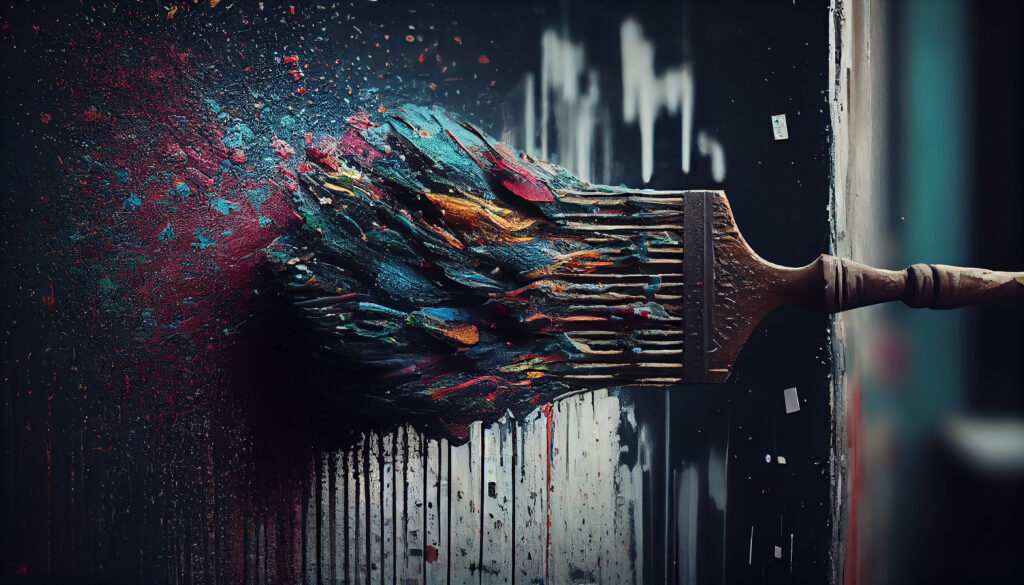
The inception of Generative Adversarial Networks (GANs) marks a pivotal moment in the evolution of artificial intelligence, heralding a new era in which machines interpret and create complex visual content. These AI algorithms have opened discourse on the boundaries of artistry, challenging the traditional paradigms of human-exclusive creative authorship. GANs consist of two neural networks—the generator and the discriminator—engaged in a continuous dynamic of creation and critique.
The generator strives to produce art indistinguishable from human-made work, while the discriminator evaluates the output, fostering a perpetual cycle of improvement and innovation.
This intricate system has given rise to platforms like Midjourney, Imagen, and DALL-E 2, which generate art with minimal human intervention, save for the initial creative prompts. The case of Jason M. Allen’s extensive 80-hour endeavor with Midjourney, resulting in art printed on canvas, exemplifies the rigorous process of guiding these algorithms to artistic fruition.
While the reception within the art community remains mixed, the functional capacity of GANs to supplement or redefine artistic creation is undeniable. Allen’s decision to withhold the text prompt of his winning image underscores a burgeoning philosophy where AI is seen as a tool to propel rather than obstruct the advancement of art.
Mimicry to Mastery
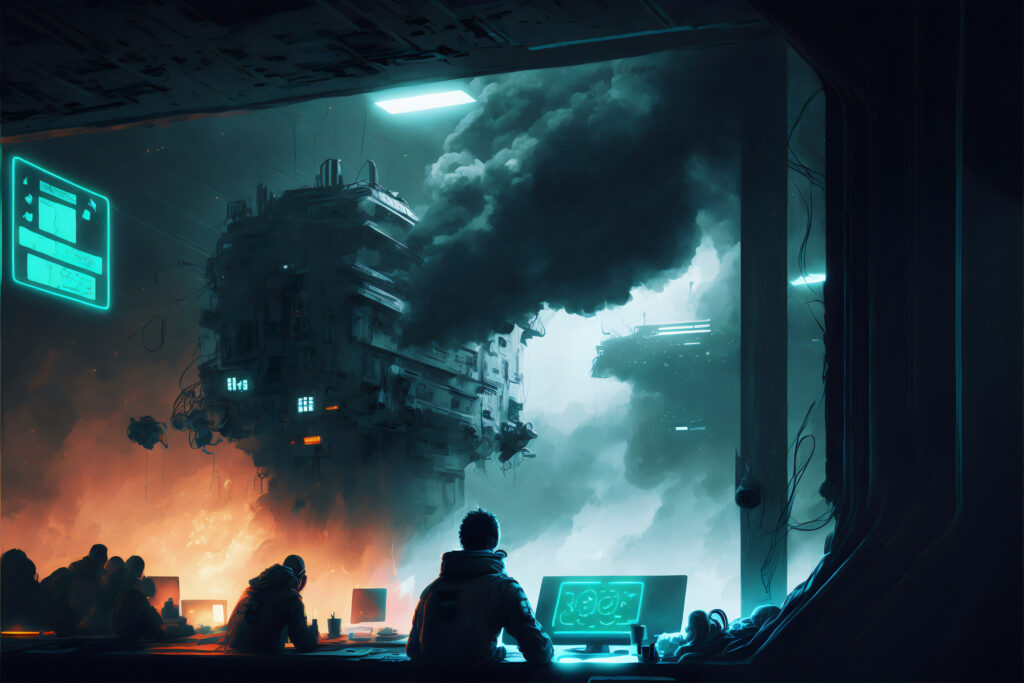
From the foundational concepts behind Generative Adversarial Networks, the discourse now shifts to how these technologies advance from mere imitation to achieving mastery in digital art creation. The movement dubbed ‘Mimicry to Mastery’ encapsulates the transition of AI from replicating existing art forms to generating novel creations. This evolution sparks rigorous debate regarding the true nature of art and the role AI should play within the creative process.
AI’s proficiency in art has reached new heights, as exemplified by tools such as Midjourney, DALL-E 2, and Imagen. These platforms have democratized access to art creation and raised critical questions about the ownership and originality of AI-generated works. Jason M. Allen’s laborious 80-hour journey with Midjourney, which led to a competition-winning piece, illustrates the blending of human and AI collaboration in art.
The art community’s reactions are polarized, ranging from outright dismissal to the enthusiastic adoption of AI to expand artistic possibilities. Using GANs to produce art, applying style transfer techniques, and integrating AI technologies in various artistic mediums illustrate a leap toward a new creative paradigm.
| Technology | Impact on Art Creation |
|---|---|
| GANs | Autonomous generation of new imagery |
| Style Transfer | Application of distinct artistic styles to various media |
| AI Tools | Enhanced accessibility and novel forms of expression |
Ethical Conundrums
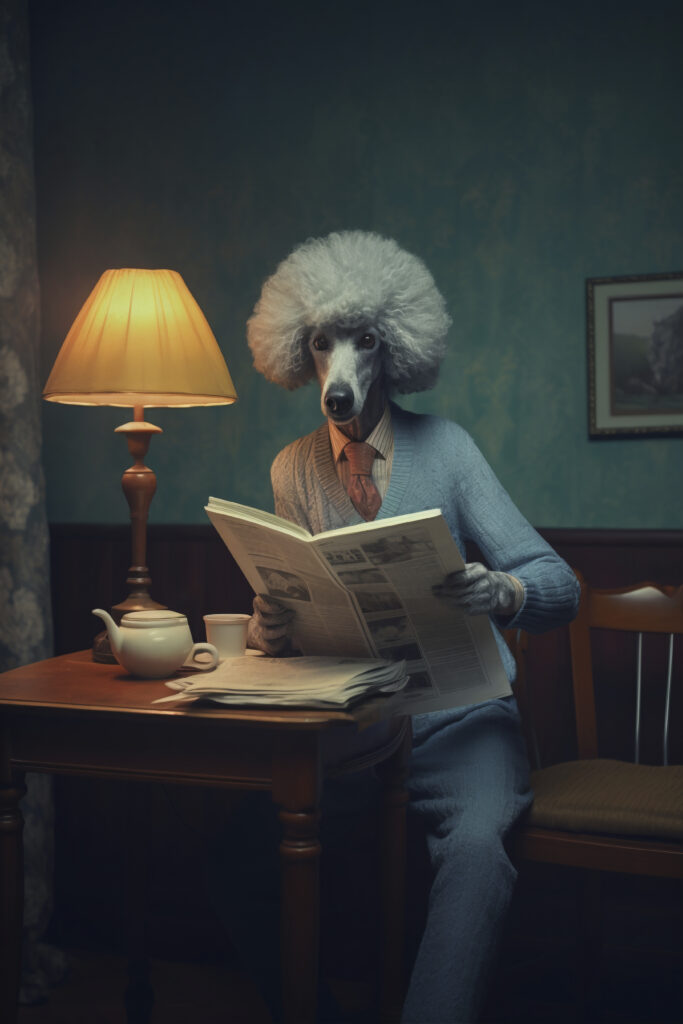
Navigating the ethical landscape of AI-generated art presents a complex challenge as creators and critics grapple with questions of originality, authorship, and the essence of human creativity in the digital age. The advent of AI image generators such as Midjourney, Imagen, and DALL-E 2 has precipitated a series of ethical problems that underscore the tension between technological innovation and artistic integrity.
The ethical dilemmas can be delineated as follows:
- Attribution of Creativity: Determining the rightful owner of creative credit between the human user providing prompts and the artificial intelligence producing the artwork.
- Intellectual Property Rights: Establishing the legal framework that governs the ownership and copyright of AI-generated art, especially when these creations may be derivative of pre-existing works.
- Authenticity and Value: Assessing the authenticity of art created by AI and its impact on the perceived value of human-made art within the market and cultural institutions.
These considerations reflect a broader discourse on the role of artificial intelligence as a creative agent. The discourse is technical, requiring an understanding of the underlying AI mechanisms and informed, drawing from precedents in copyright law and artistic tradition. The conversation is analytical, probing the implications of AI’s burgeoning autonomy in art creation.
Market Disruption Potential
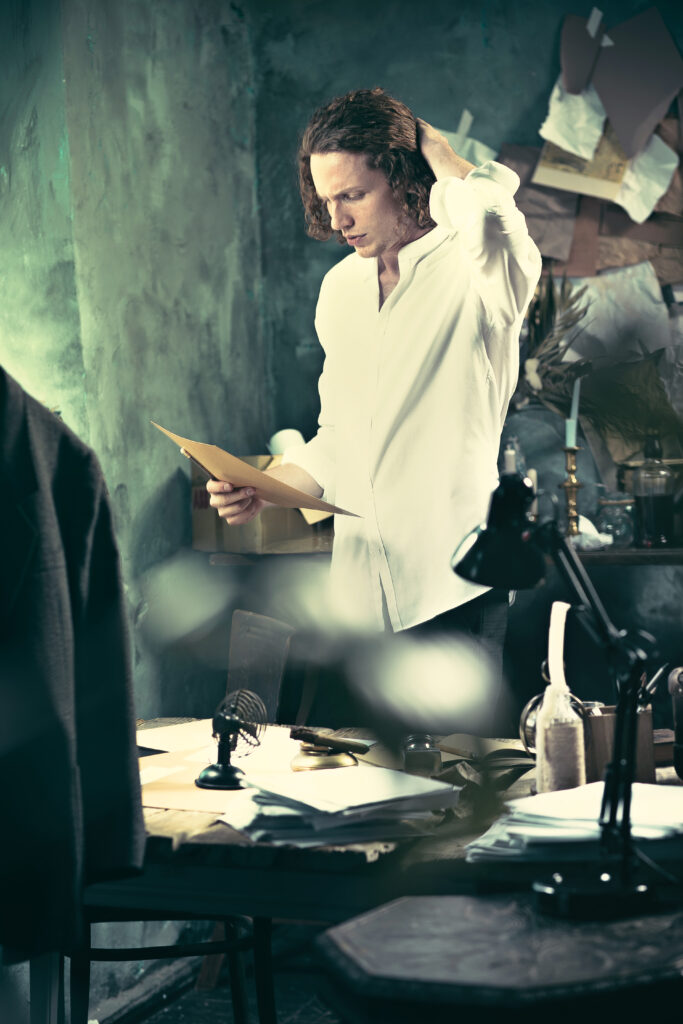
While ethical questions continue to provoke debate, it is undeniable that AI-generated art holds a disruptive potential that could redefine the traditional art market’s structure and valuation systems. The advent of AI technologies like Midjourney and DALL-E 2, which generate images through complex algorithms, has initiated a seismic shift in the creation and consumption of digital art. As these tools become more accessible, they democratize the means of production, enabling a broader demographic to participate in artistic creation without conventional training.
This democratization, however, also introduces a transformative market disruption potential. The influx of AI-generated artwork challenges the scarcity principle that often underpins the value of traditional art. With the ability to produce an infinite number of creations, the definitions of originality and rarity are put to the test. Furthermore, the role of AI in the artistic process necessitates a reevaluation of curatorial practices and raises questions about the authenticity and value of human touch in art.
The integration of AI into the art world has its opportunities. It encourages innovation and the exploration of uncharted aesthetic territories, expanding the boundaries of visual expression. Nonetheless, the market disruption potential of AI-generated images necessitates an informed, adaptive approach to the evolving dynamics of the art market.
Future Artistic Horizons
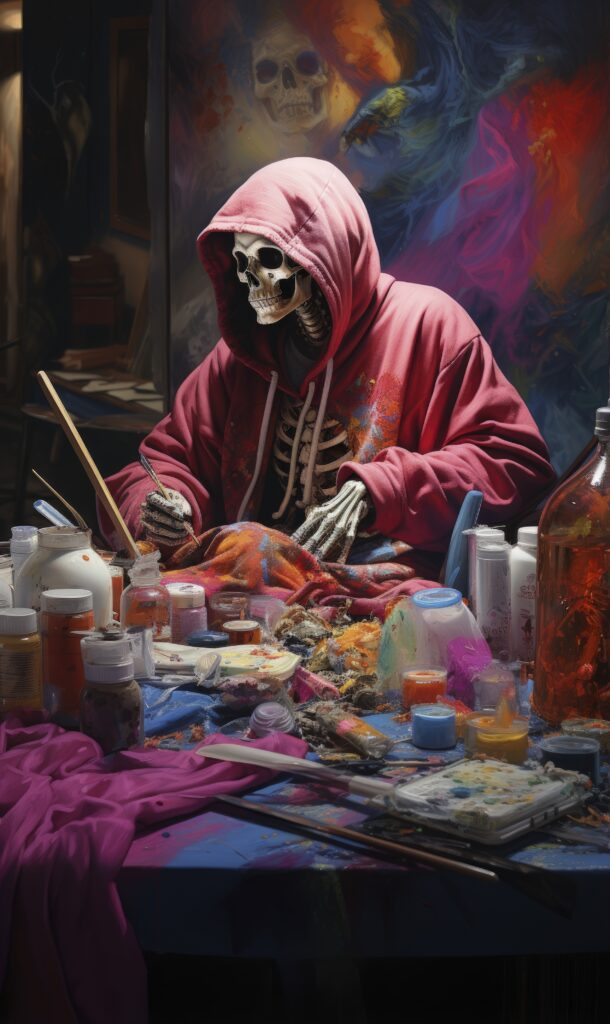
Through its constant evolution and increasing sophistication, AI-generated art is poised to chart unprecedented pathways in artistic expression and innovation. Integrating tools like Midjourney, Imagen, and DALL-E 2 within the creative process signals a transformative epoch for visual art, as these platforms generate stunning images that challenge our traditional perceptions of artistry.
As AI continues to mature, the future artistic horizons appear boundless, with potential trajectories including:
- Collaborative Artistry: AI may be an advanced tool for artists, allowing them to explore new visual languages and aesthetics, expanding the human artistic repertoire, and leading to hybrid works that encapsulate human emotion and AI’s intricate pattern recognition capabilities.
- Curatorial Revolution: GANs and other AI methodologies could revolutionize curatorial practices, enabling the creation of personalized art experiences and exhibitions that respond dynamically to audience preferences, reshaping the commercial art world.
- Performance and Interactivity: Beyond static visual art, AI’s role will likely extend to the performing arts and immersive experiences, where real-time generative algorithms will craft unique, responsive environments that engage and adapt to audience interactions.
In each instance, the analytical rigor of AI systems will merge with the nuanced domain of artistic creation, heralding a future where art is both a reflection of human intent and an exhibition of technological prowess.
FAQs
What does the term “Art Heist” imply in the context of GANs?
Art Heist” metaphorically suggests that Generative Adversarial Networks (GANs) are surreptitiously and creatively transforming the landscape of digital art. It alludes to the transformative and possibly disruptive nature of GANs in artistic creation.
How are GANs described as “Secretly Painting the Digital Future”?
Describing GANs as “Secretly Painting the Digital Future” implies that GANs are silently and powerfully shaping the future of digital art. It underscores the innovative and forward-looking impact of GANs on the evolution of artistic expression in the digital domain.
Can GANs be considered a form of digital art theft?
GANs themselves are not engaging in digital art theft. Instead, they generate new and original content based on patterns learned from training data. However, questions about ownership, copyright, and attribution of AI-generated art may raise complex legal and ethical considerations.
How do GANs contribute to the digital future of art?
GANs contribute to the digital future of art by generating unique and often novel artworks. They introduce new possibilities for creativity, exploration of styles, and the blending of diverse artistic influences, shaping the future of digital creative expression.
What legal considerations are associated with using GANs in digital art creation?
Legal considerations may include questions about copyright ownership, licensing agreements, and the status of AI as a creator. Addressing these issues is crucial to establishing clear frameworks for using and disseminating AI-generated digital art.
